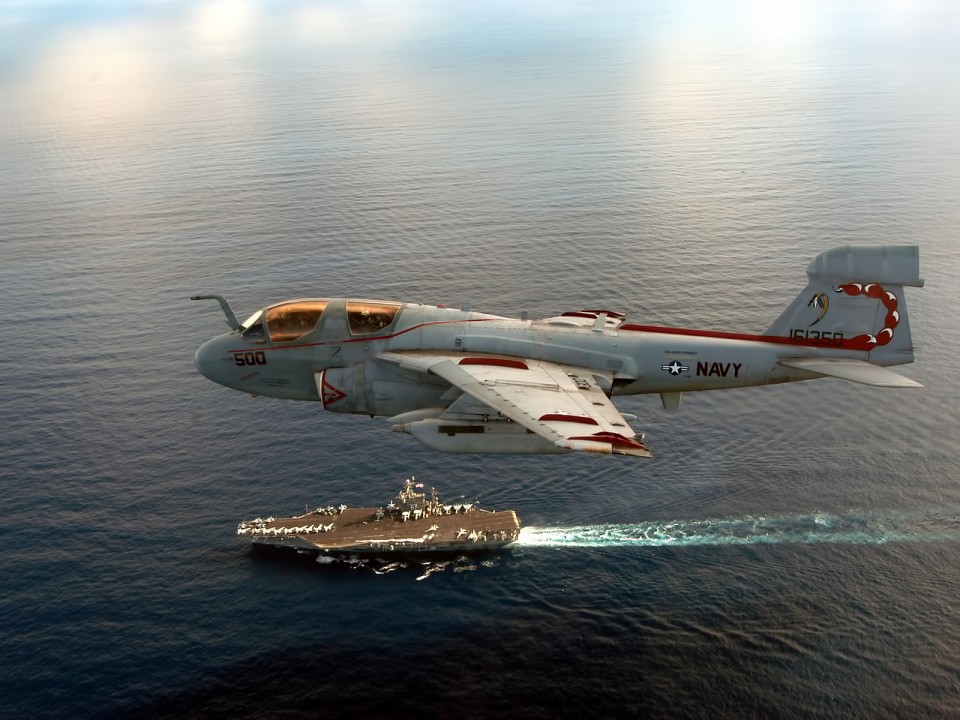When I was active duty, both the F-111 and the F-16 did not have the tinted canopy even though both jets were capable of carrying self protection jammer pods. When I was with the 72nd at MacDill, our A/Bs did not have the tinted canopies. Only later when we transitioned to the C/Ds did the tinted canopies started by one jet at a time. Basically, only when a jet is available for major scheduled maintenance would the canopy be modded, else it was kept on daily flight status. But then, MacDill and Luke were F-16 training bases, not combat deployable like Shaw, so these golden tinted canopy mods were not high priority for us.
That said...
It is true -- serving dual purpose -- but it depends on the jet where one function outweighs the other.
Self protection jammer pod is usually used (activated) when egressing the combat area. It means after you dropped your load on the enemy's head, you booked out at max thrust with a trail of EM noise behind you. On both the F-111 and F-16, the pods are slung underneath and the cockpits are shielded by the jets' bodies anyway.
The canopy mods would be more applicable to the F-16 than to the F-111 simply because the F-16 is a true fighter while the F-111 is more a bomber despite the F designator.
Most people do not know this, but with modern day air combat, going after a ground air defense combatant is just as dangerous as going after another jet fighter combatant. In many ways, it is more restrictive because the air defense missile unit is ground based, forcing you to maneuver with limited freedom in altitude. In other words, fly too high and you are no good to the mission, if needed and often it is needed, you have to get down to CAS altitude to kill that air defense missile unit. With this kind of proximity to the enemy's radar, I welcome any modification that would reduce the odds, not completely eliminated, of his radar acquiring me. If his radar hesitate acquisition by just one second because my cockpit was not reflective enough, that one second could mean my survival so I will take that mod.
This view...
...Of an F-16 is extremely rare in ACM. For the human eye or the seeking radar, with this view, the cockpit well is statistically irrelevant. The entire jet is essentially a giant reflective plate. But in ACM, this view do not last for long, more like a few milliseconds at best. Too short for any seeking radar to calculate a lock-over-time algorithm.
A visual size is not the same as the true physical size. Simply put, the visual size of a car differs from front to side. Just like the common story how a group of blind men perceives an elephant base upon different areas of the animal each blind man touched.
This view...
...Is more common in ACM. Not just for the F-16 but for any maneuvering jet. If I have to face an enemy seeking radar, air or ground, presenting myself to him in this fashion, I do not want me in my cockpit well to assist that radar in acquiring a lock on me. If a canopy mod would reduce the time of the enemy radar acquiring a lock by just one second, long enough for me to launch a HARM at that ground air defense radar, I would welcome that canopy mod.
Now, for the jet that is a dedicated jammer, like the Navy's Growler series. Simple.
These jets carry jammer pods that are capable of both focused and wide area broadcast signals, and those pods are carried in multiple positions on the jet. Some of those positions, under wing and wing tips, when they are in wide area broadcast mode, the cockpit is vulnerable to both being jammed and itself reflects those signals. Sort of like being blinded and holding a beacon at the same time.
In wide area broadcast mode, the jet can interfere its own radar operations.
EW is both a skill and an art. It is a skill in the sense that you are supported by a lot of technical assets, in training and out, that you will gain technical proficiency in using EW. It is an art in the sense that you have analyze the latest electronic intelligence about the target area and create an EW battleplan to support the mission. You have to know, at best you can, what the air defense fields in that area.
Certain short pulse target acquisition radars may require only focused short bursts from you to disrupt its operations and delay missile launches, while certain volume search radars will require you to be the first to enter the combat zone and saturate the area with as much EM noise as possible to mask the rest of the attack group. You have to plan but at the same time, you cannot be so rigid as to remain locked in that plan while combat is underway. If your plan involves wide area broadcast that would interfere with the EM operations, radar and communication, of the rest of the attack group, you have to coordinate with the group as to when they will be operating blind EM-wise.
So yes, you can severely degrades your own radar/comm operation if you are not careful.












